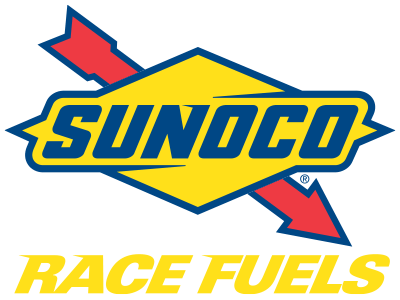Street to Strip Fueling Basics
Preparing a car for the track can feel overwhelming. There are a million items to think about before getting to the track. One thing that shouldn’t be overlooked is what kind of fuel to use. We will cover some key fuel properties and find the right fuel for you. First let’s look at some fuel basics.
Octane is the property that will be displayed whenever you are buying gas. Octane is simply the measure of detonation resistance. Detonation is a result of heating and compressing fuel and air until they auto ignite even before the spark plug is turned on. A higher octane fuel can handle more heat and pressure before combusting. Naturally aspirated engines have a constant compression ratio which leaves temperature as the main variable to consider. Hot weather or high engine temperatures from repeated passes at the drag strip may increase the octane requirement. Using a higher octane than normally required is like having extra insurance against engine damage. Now that you know why there are different grades of fuel, let’s look at the most common options.
Regular pump gas (typically an E10, which means it contains up to 10% ethanol) is great for commuting but won’t offer added protection at the track. After a few passes regular grade might not be enough to prevent detonation so it's a smart choice to use premium at the track even if your car is tuned on regular. Regular gas is designed to be used up quickly and shouldn’t be left in a vehicle that is being stored for more than a couple months.
Recreation gas is a common name for premium without ethanol. Usually 2-3 octane numbers lower than the E10 counterpart. Rec gas is a great choice for a wide variety of applications that struggle with ethanol. Ethanol blended fuels can have compatibility issues with small engines or older fuels systems designed before ethanol was commonly used. Another scenario where ethanol blends fail is when the fuel is stored in an open vent system. Ethanol is able to absorb humidity from air and draw water right into the gas tank. Boats, lawn equipment and other rarely used equipment fall victim to water in fuel issues and can be fixed by using 100% gasoline. It is important to know that using rec gas in something setup on E10 can make the engine run slightly rich because of air/fuel ratio differences.
Sunoco’s street legal blend is 100 octane E10 fuel called 260 GT. This fuel is formulated to have a similar air/fuel ratio to E10 pump gas so the transition from pump gas to race fuel couldn’t be easier. No jetting or fuel flow modifications are needed. Extreme detonation resistance allows this fuel to be used with advanced ignition timing, increased boost, high compression pistons and other common modifications. Ethanol is sometimes avoided because of issues described above but it actually offers improved engine efficiency and greater power output. This is because ethanol carries oxygen as part of its molecular structure. Extra oxygen in the engine requires slightly more fuel and is the tradeoff for slightly better performance.
For racers looking to persuade their car to go faster at the track, Sunoco 260 GT Plus is a good bet. At 104 octane this fuel offers the protection that is needed by many race oriented street/strip vehicles. 260 GT Plus contains 13% ethanol and is unleaded, allowing it to be used in racing vehicles that require unleaded fuel. The higher ethanol content is easily accounted for by most oxygen sensor equipped fuel management systems. The performance benefit from this extra ethanol is in the realm of 1%. Pouring in 260 GT Plus has helped many customers set stock vehicle records at drag strips and airport races.
Sunoco Standard is the most common choice as an entry level race fuel. Like all our race fuels, Standard is extremely stable and consistent. 100% gasoline, this leaded fuel offers 110 octane and can be used in carbureted applications from dirt bike to drag car. In conventional V8 engines with iron heads the maximum compression ratio is about 13:1 for road course and circle track racing. Commonly called Sunoco 110 or Sunoco Purple (it's dyed purple), this fuel can be found at hundreds of locations across the country.


